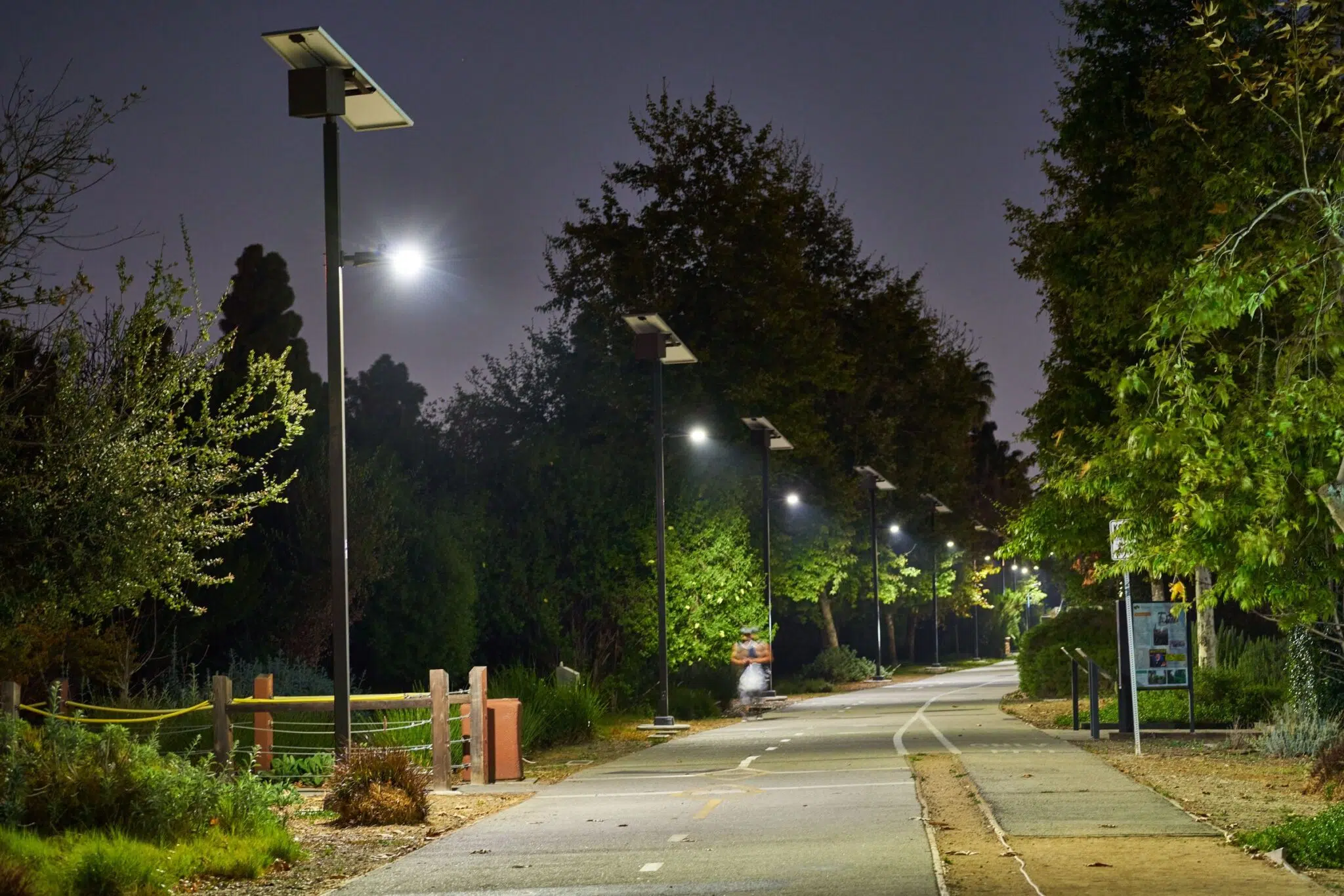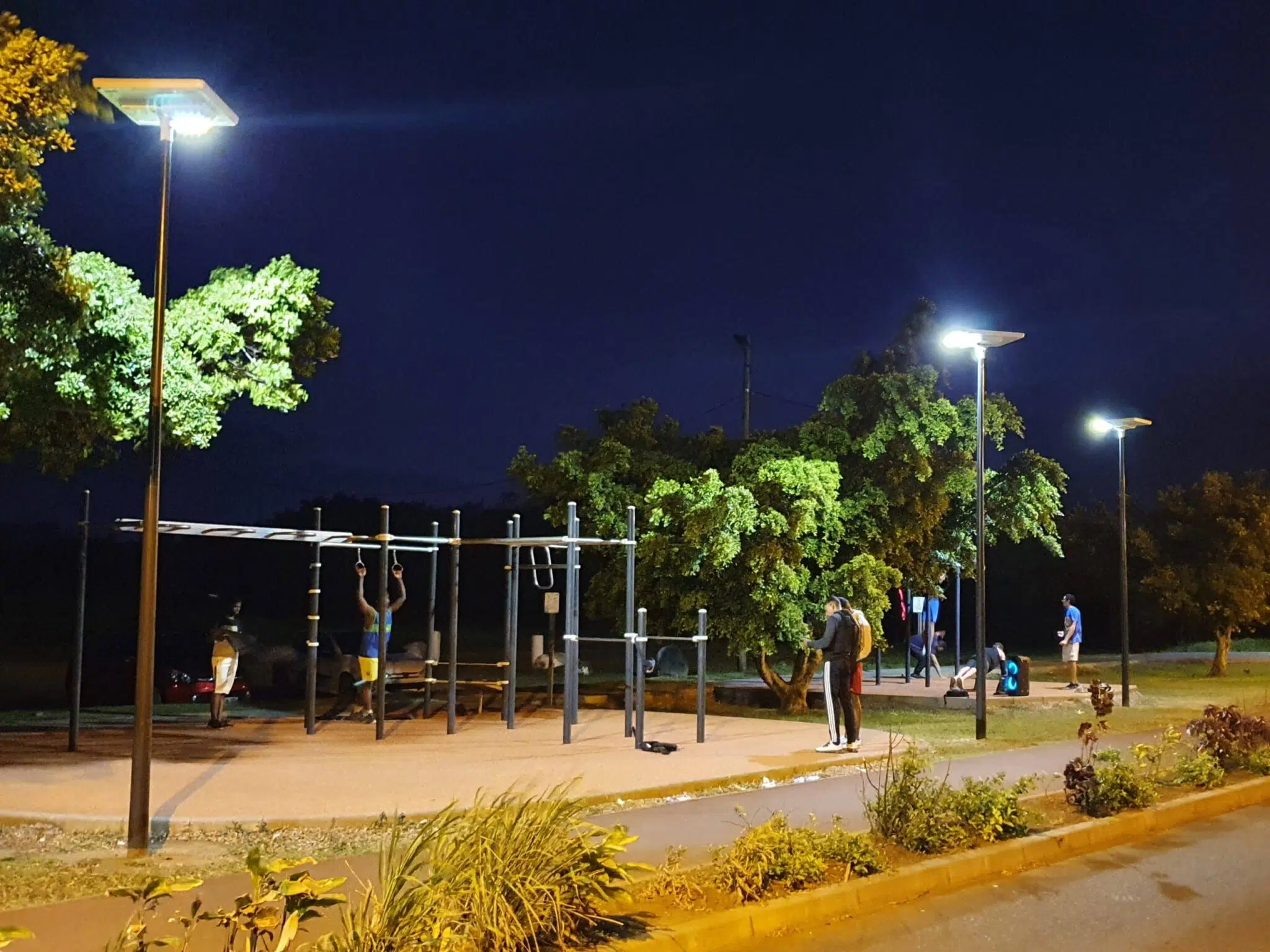Â
Â
Countless studies have confirmed a troubling reality: the planet is in serious trouble. Glaciers are shrinking, sea levels are rising, and extreme weather events are becoming more frequent and intense. We're far from keeping global temperature increases under 1.5°C.
Â
It can feel overwhelming, but there's hope. While individual actions matter, cities play a crucial role in addressing climate change. With over half of the world’s population living in urban areas and contributing to 70% of greenhouse gas emissions, cities have the power to drive meaningful change.
Â
Many cities are already taking action. From New York to San Diego, municipalities are setting ambitious goals to reduce their environmental impact and embrace sustainability. The challenge is huge, but much of it comes down to shifting away from fossil fuels and embracing renewable energy—like solar power, including for lighting.
Â
In this article, we'll explore how solar lights can help cities cut emissions, build resilience, and promote clean energy across their communities.
Â
Â
Save Energy and Reduce Emissions
Â
Street and area lighting is one of the biggest energy consumers for cities. According to the Climate Group, it typically accounts for 20-40% of municipal electricity use. Since most of that energy comes from fossil fuels, reducing consumption is essential.
Â
Switching to LED lighting can cut energy use by up to 70%, but they still rely on grid power, which often comes from non-renewable sources. Solar lights, however, operate entirely on clean, renewable energy from the sun. They store sunlight during the day and use it at night, eliminating reliance on the grid and reducing carbon emissions.
Â
Â
Invest in Sustainable Projects
Â
Solar lighting not only cuts emissions but also saves money. By using free solar energy, cities avoid high utility bills and become less vulnerable to rising electricity costs. Plus, solar lights require minimal maintenance and last much longer than traditional systems.
Â
With long-lasting components like high-density batteries (5–10 years) and solar panels (20–30 years), the cost savings add up over time. These funds can then be redirected toward other green initiatives—like expanding public transit, improving walkways, or creating more green spaces.
Â
Â
Encourage Renewable Adoption
Â
Social influence plays a big role in promoting renewable energy. When people see solar installations in their community, they’re more likely to consider them for their own homes or businesses. This "solar seeding effect" has been shown to increase adoption rates, even beyond residential areas.
Â
By choosing solar lighting, cities not only benefit directly but also inspire others to follow suit. It builds awareness and encourages broader participation in the transition to clean energy.
Â
Â
Cities are major contributors to climate change, but they also hold the key to solutions. By investing in sustainable infrastructure, saving money, and encouraging community involvement, they can lead the way toward a cleaner, healthier, and more resilient future for all.
Acrylic curing agents are a type of crosslinking agent used in the production of high-performance coatings and adhesives. Acrylic curing agents are typically used to cure Epoxy Resins, improving their mechanical properties, chemical resistance, and thermal stability.
Acrylic curing agents react with the epoxy functional group to form a thermosetting coating or adhesive. This reaction is exothermic and can be accelerated by heat, making it ideal for high-temperature applications. Once cured, the acrylic modified epoxy resin offers excellent resistance to weathering, UV light, and chemicals.
Acrylic curing agents offer several advantages over other types of curing agents. They are low in viscosity, which makes them easy to handle and mix with epoxy resins. They also have excellent adhesion to a wide range of substrates, including metals, plastics, and composites.
Acrylic curing agents are available in a range of grades, each with its own unique properties and applications. Some grades offer improved toughness and flexibility, while others offer improved chemical resistance or high-temperature performance. The choice of acrylic Curing Agent depends on the specific application requirements, such as cure time, cure temperature, and final properties of the cured epoxy resin.
Acrylic curing agents are commonly used in applications where high-performance coatings or adhesives are required, such as automotive, aerospace, and marine applications. They are also used in the production of electrical and electronic components, where their excellent electrical properties make them an ideal choice.
In summary, acrylic curing agents are a type of crosslinking agent used to cure epoxy resins in the production of high-performance coatings and adhesives. They offer several advantages over other types of curing agents, including low viscosity and excellent adhesion to a wide range of substrates. The choice of acrylic curing agent depends on the specific application requirements, and they are commonly used in applications that require high-performance coatings or adhesives, such as automotive, aerospace, and marine applications.
Acryl Curing Agent,Curing Agent Adhesive,Carboxylic Acids,Epoxy Resin Polyether Amine
Shanghai Shengduan Trading Co., Ltd. , https://www.shsdchem.com



